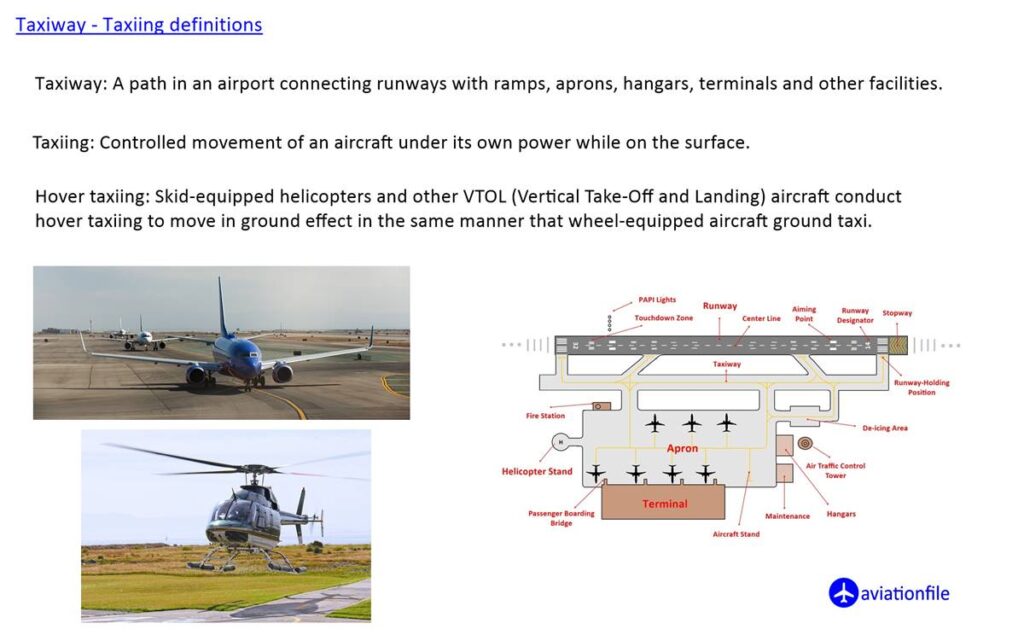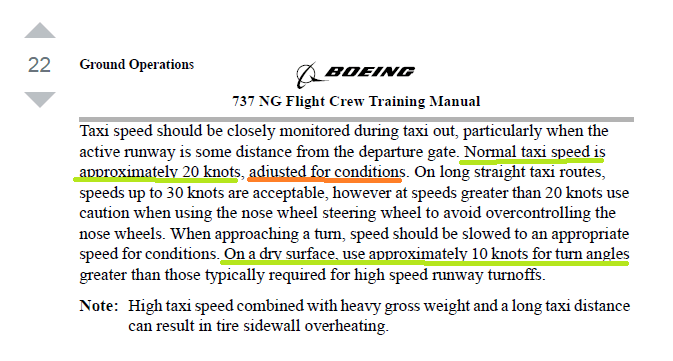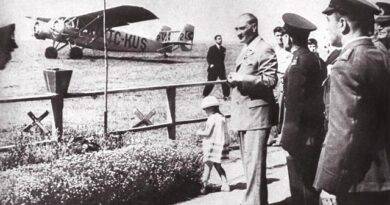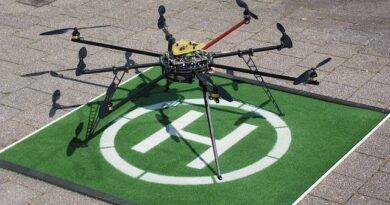Taxiing by the Numbers: Maintaining Safe Speeds on the Apron
The busy apron, the area where aircraft park and prepare for departure and arrival, is a vital part of any airport. Here, a carefully orchestrated dance unfolds, with taxiing aircraft navigating a network of taxiways and designated parking areas. Maintaining safe speeds during this ground movement is paramount.
Standardizing Speeds
While the article accurately describes the absence of posted speed limits on taxiways and aprons, it’s important to note some standardization efforts. While the International Civil Aviation Organization (ICAO) publishes guidance manuals that recommend standardized taxi speeds (typically around 25 knots for straight stretches and 10 knots for turns), these are not mandatory standards. Individual countries and aviation regulatory bodies establish the enforceable taxi speed limits that apply in their jurisdictions. However, airlines can establish their own limitations based on aircraft type, visibility, and specific airport configurations.

The Dangers of Exceeding Limits
The consequences of exceeding taxi speed limits are indeed severe:
- Reduced Maneuverability: High speeds limit a pilot’s ability to react quickly to unexpected situations or avoid obstacles like baggage carts, service vehicles, or other aircraft.
- Loss of Directional Control: Tight turns at excessive speeds can cause the aircraft to skid or veer off course, potentially damaging the aircraft or nearby infrastructure.
- Increased Risk of Collisions: Maintaining safe separation between taxiing aircraft is crucial. High speeds make it harder for pilots to judge distances and react in time, significantly increasing the risk of collisions.
- Wake Turbulence: Larger aircraft generate powerful wake turbulence in their jet blast. Exceeding taxi speeds can intensify this turbulence, affecting smaller aircraft nearby and posing a safety hazard.
Shared Responsibility: A Multi-Layered Approach
Ensuring safe taxi speeds involves a collaborative effort:
- Airlines: As mentioned earlier, airlines establish specific taxi speed limits in their operating manuals for different aircraft types and situations.
- Pilots: Pilots are ultimately responsible for adhering to these established limits and adjusting their speed based on real-time factors like visibility, weather, and apron congestion.
- Air Traffic Control (ATC): While airlines set the limits, ATC plays a vital role. They monitor taxiing aircraft using ground radar and visual scans. They can issue instructions to adjust speeds for safety reasons, prioritizing maintaining separation between planes and ensuring a smooth traffic flow on the apron.

Beyond the Basics: Advanced Considerations
Safe taxiing goes beyond adhering to basic speed limits. Here are some additional factors pilots and ATC consider:
- Aircraft Type: Heavier aircraft may have lower taxi speed limits due to their increased stopping distances.
- Visibility: Low visibility due to fog, rain, or snow necessitates even slower taxi speeds to allow for safe maneuvering.
- Surface Conditions: Slippery surfaces due to rain, ice, or snow require even more cautious taxiing with significantly reduced speeds.
- Apron Congestion: Busy aprons with a high volume of taxiing aircraft necessitate lower speeds to allow for safe maneuvering and avoid potential collisions.
Conclusion: A Collective Effort for Safety
Maintaining safe speeds on the apron is a shared responsibility. By adhering to established guidelines, pilots, airlines, and ATC all contribute to a safe and efficient ground traffic flow at airports worldwide. Remember, a few extra knots saved during taxiing can lead to significant safety risks. By prioritizing safety over speed, everyone plays a part in keeping the apron a secure zone for aircraft, passengers, and ground crew.
References and Further Reading Links:
- https://www.faa.gov/regulations_policies/handbooks_manuals/aviation/airplane_handbook
- https://www.icao.int/Meetings/anconf12/Document%20Archive/9830_cons_en[1].pdf
- https://aviation.stackexchange.com/questions/426/what-is-the-maximum-taxi-speed-and-who-defines-it
- https://www.faa.gov/airports/runway_safety/pilots/best_practices


